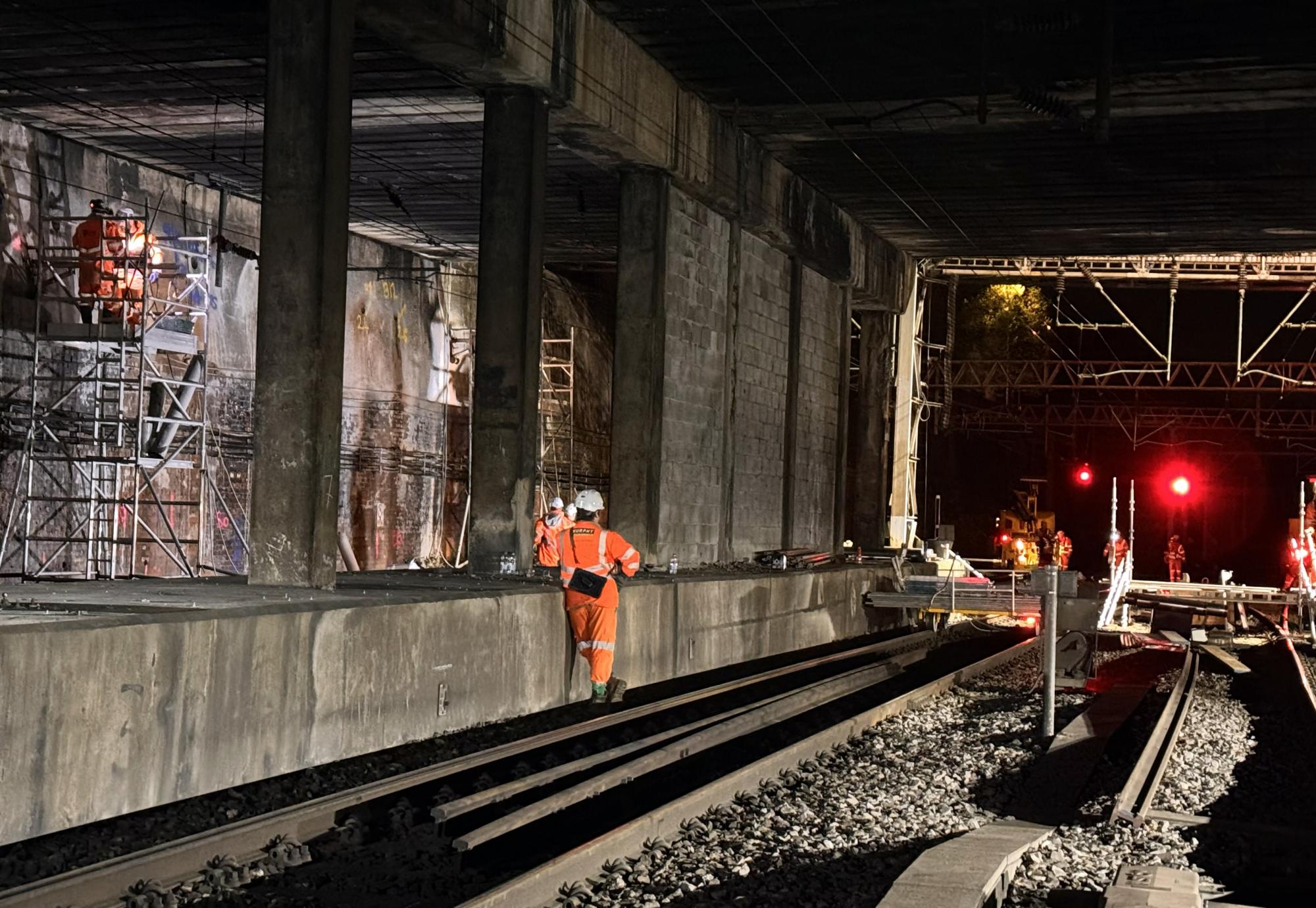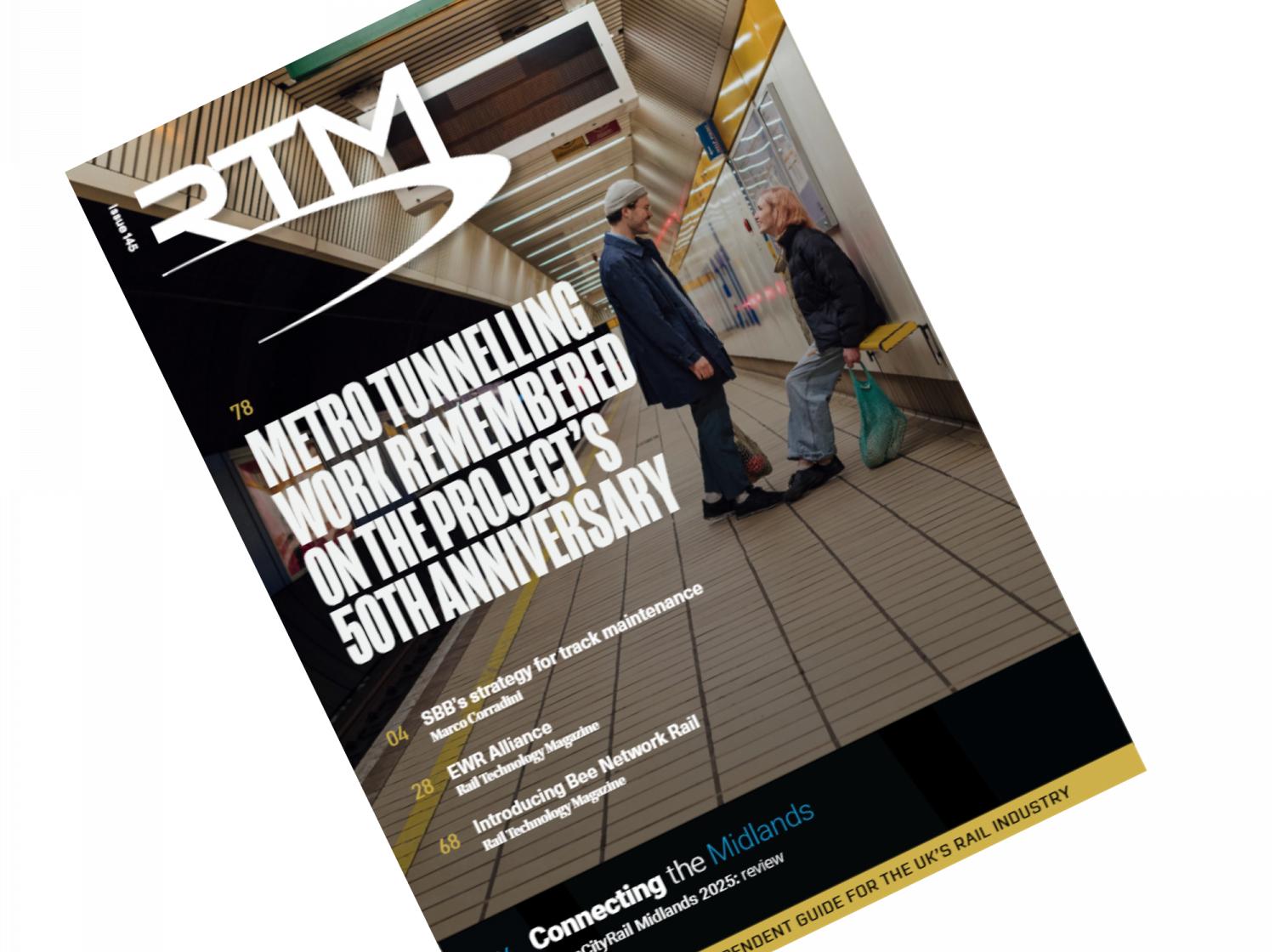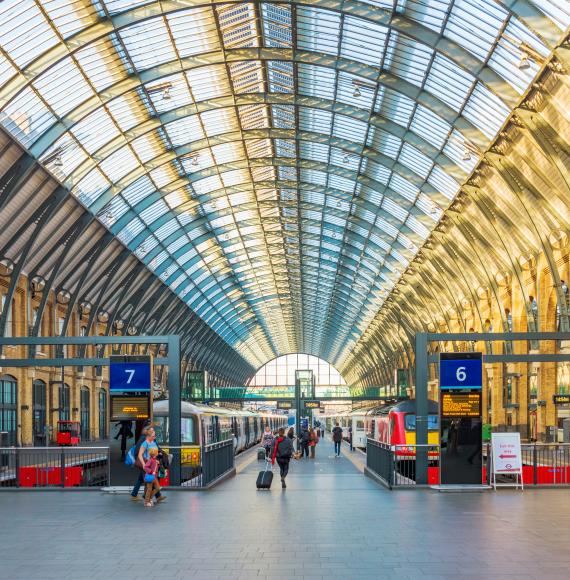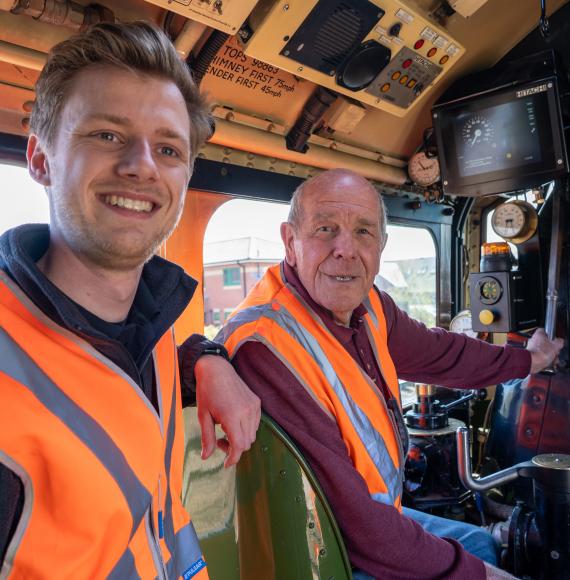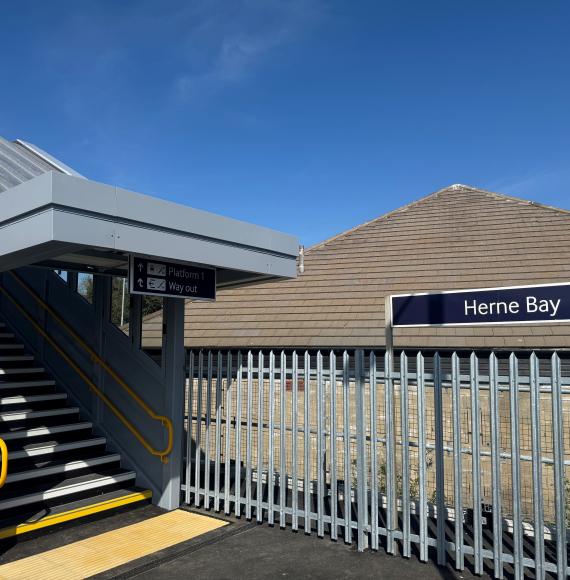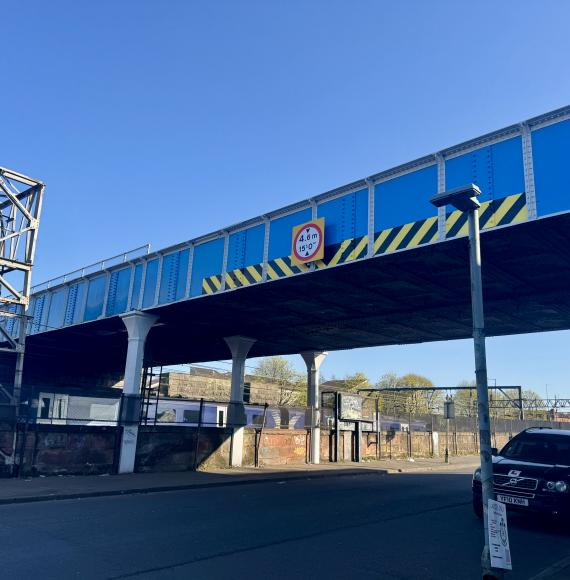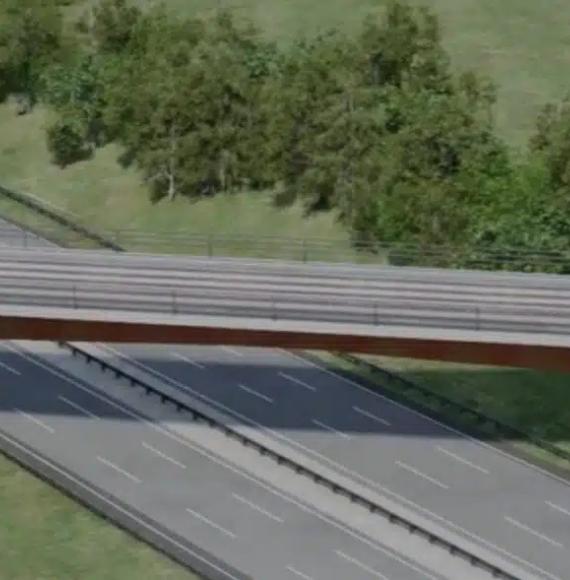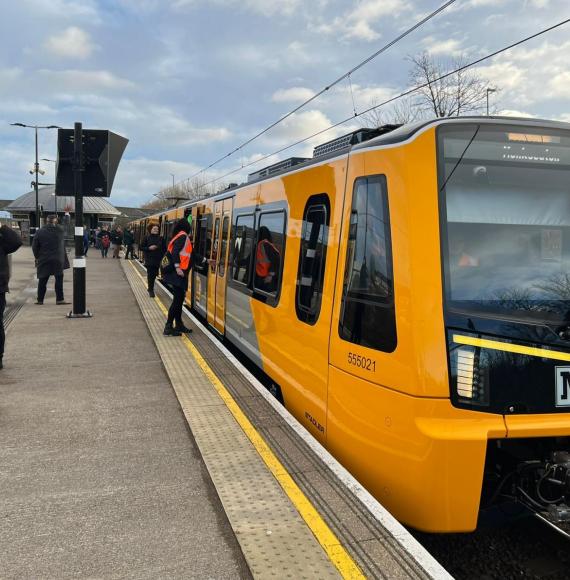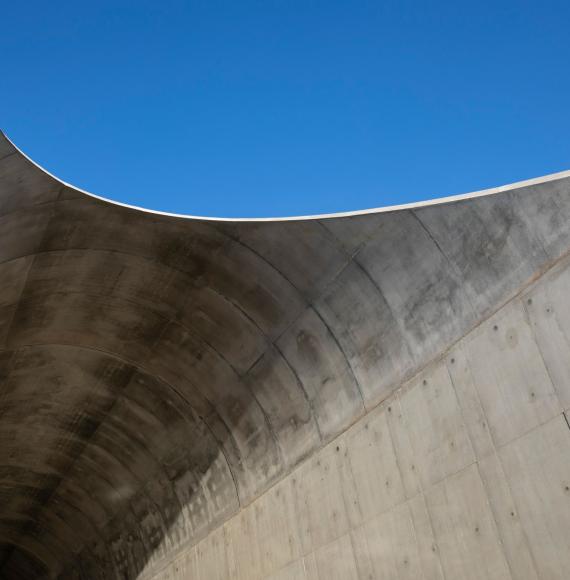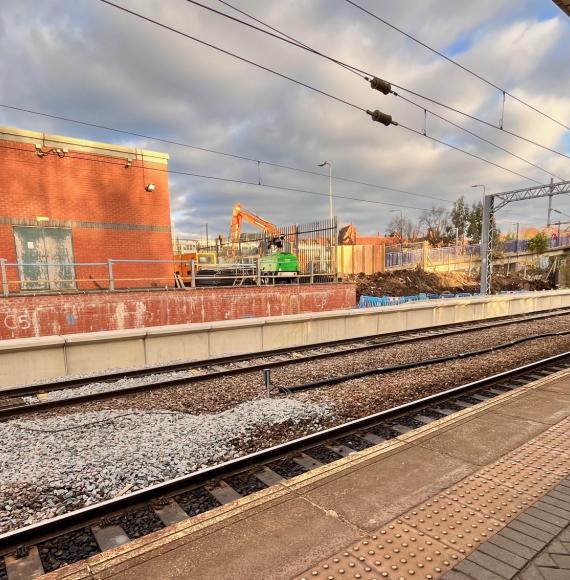Hundreds of railway engineers have successfully completed the initial primary phase of replacing a crucial road junction over the Manchester spur of the West Coast Main Line in Stockport. The Greek Street roundabout, which sits atop a 67-year-old railway bridge, is now due for a complete replacement.
Last month, the roundabout and sections of nearby roads were closed to all traffic for a year. This Easter, a full railway closure accompanied the road closure, allowing demolition of the old structure to commence. Network Rail and its contractor Murphy worked tirelessly throughout the four-day bank holiday to set the stage for the £20 million project, which will see the old bridge entirely removed and a new one installed this August.
Network Rail has released exclusive behind-the-scenes footage showcasing some of the critical preparations from track level for the first time. The work included:
- Assessing and mapping overhead lines that power trains to create detailed plans for their removal in the summer.
- Demolishing bridge parapets and wing walls at street level.
- Removing concrete block work beneath the bridge.
- Conducting test drilling to determine the method for bridge removal.

Due to workforce safety concerns and the project's immense scale, no trains could operate through Stockport during the bank holiday weekend.
Patrick Vallely, Network Rail Capital Delivery head of buildings and civils, said: “This is a hugely complicated project for both road and rail – with one of Stockport’s key traffic roundabouts sitting above one of the busiest railway junctions in Greater Manchester. Our teams worked night and day over Easter and made great progress for future phases of the bridge rebuild, while making sure the railway reopened on time for passengers.
“We couldn’t have done this work without closing the road and railway, and I’d like to thank anyone whose travel plans were impacted by our major work over Easter for their patience. This is all part of our multi-million-pound ‘Strengthening Stockport’ investment to improve this critical infrastructure for decades to come.”
Image and video credit: Network Rail

